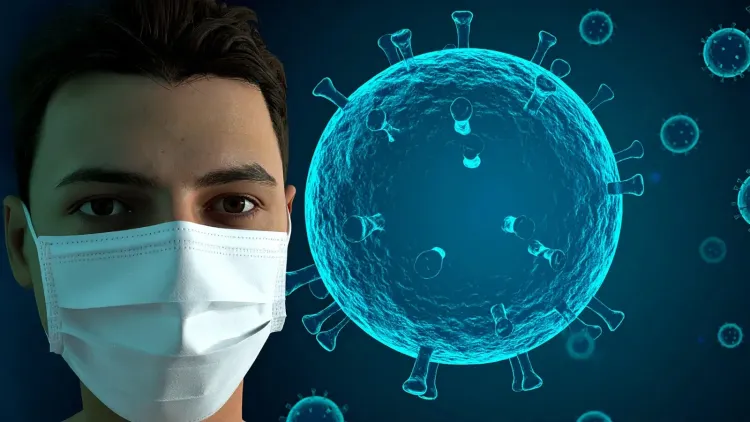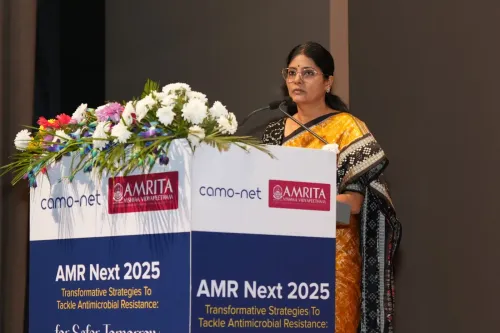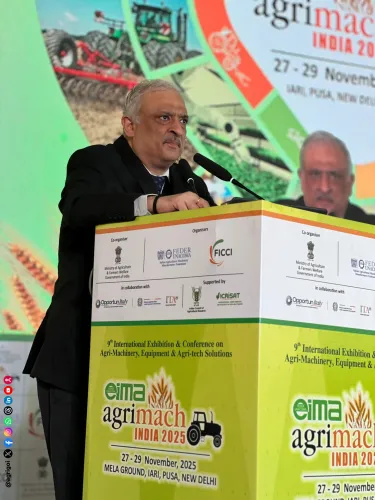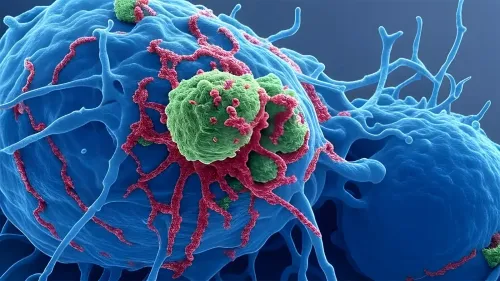Could a New Biomarker Be the Key to Understanding Long Covid?

Synopsis
Key Takeaways
- Potential biomarker identified for long Covid.
- Could enhance diagnostic accuracy and treatment strategies.
- Research involved analyzing blood samples from patients.
- Protein fragments found in extracellular vesicles.
- Further studies needed to understand what these findings mean for ongoing Covid replication.
New Delhi, Aug 11 (NationPress) - Researchers in the US have pinpointed a promising biomarker for long Covid, which could pave the way for improved diagnostic tools and potential treatments for the condition.
At present, healthcare professionals diagnose long Covid by evaluating a set of symptoms that emerge following SARS-CoV-2 infection.
The findings, published in the journal Infection, outline the identification of protein fragments from SARS-CoV-2 within extracellular vesicles (EVs)—small, naturally occurring containers that facilitate cellular communication through the transfer of proteins, metabolites, and other substances.
According to William Stringer from the Lundquist Institute for Biomedical Innovation at Harbor-UCLA Medical Centre, "When a patient visits the clinic and reports enduring signs and symptoms of long Covid for 12 weeks or longer post Covid-19 infection, I provide a presumptive diagnosis. Unfortunately, I currently lack blood tests or biomarkers to substantiate this diagnosis."
This newly identified biomarker could serve as the first specific and measurable indicator for validating long Covid.
During a clinical trial on long Covid, researchers analyzed blood samples from 14 patients throughout 12 weeks of aerobic exercise training, totaling 56 samples.
The research team discovered 65 unique protein fragments from SARS-CoV-2 within the EVs. These fragments originate from the virus's Pp1ab protein—an RNA Replicase enzyme essential for the virus's replication and production of additional viral particles.
This particular protein is exclusively found in SARS-CoV-2 and is absent in healthy human cells, as observed by Asghar Abbasi, another researcher from the Lundquist Institute.
Importantly, the researchers noted the presence of these viral peptides in all subjects, although not in every blood draw. They were found in the EVs of long Covid patients but were undetectable in a separate control group of EV samples collected before the pandemic.
Despite identifying peptides from one of the virus's largest proteins, no comparably large proteins indicating active viral replication were detected.
The peptides within the EVs might merely represent molecular "waste" remaining after the synthesis of new viral proteins.
Stringer remarked, "We have not conducted tests on individuals without long Covid symptoms who are currently or were previously infected with Covid. This prompts the question: Are we merely clearing out the residuals from the Covid-infected cells, or is there ongoing replication elsewhere? This mechanistic question needs further investigation in future studies."










